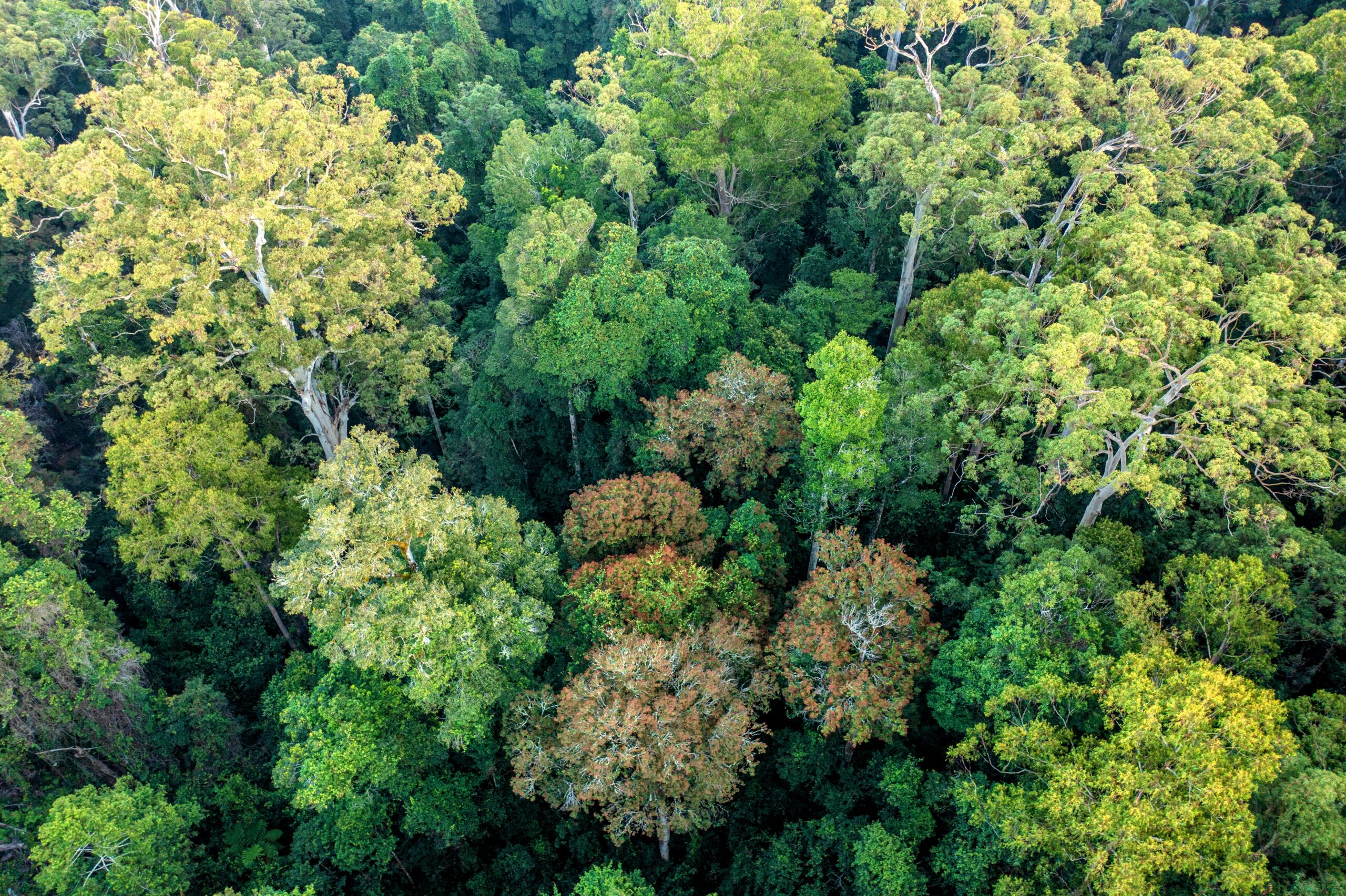 A brighter tomorrow starts today
A brighter tomorrow starts today
 A brighter tomorrow starts today
A brighter tomorrow starts today
On: 04/07/2024
"These shelling-ignited fires have been ravaging forests in Ukraine for two years"

At the time of writing, massive forest fires are ravaging through Ukrainian forests. At least 60.000 hectares of forest have gone up in smoke since the Russian full-scale military invasion of Ukraine in February 2022. A vast area in the southern and eastern parts of Ukraine came under massive shelling. Environmental damage to Ukrainian territory, caused by the Russian aggression, is massive, with an estimated $56.6 billion environmental costs of which at least $360 million forest damage.
Shelling-ignited fires have been ravaging forests in eastern and southern Ukraine for two years. However, they did not lead to large wildfires themselves. Wildfire is a product of complex interaction between weather, topography, vegetation (fuel) loads, and human response. Even when fuel loads of flammable pine forests (common plantation in Ukraine) are high and suppression measures are almost impossible (landmines, no-fly-zones), small ignition will unlikely grow to large, severe, uncontrolled crown fire. It needs a perfect combination of several days without precipitation and some good, strong wind on a day when another ignition occurs. It did not happen in 2022 nor in 2023. But is happening now: forests along the Siverskyi Donets River (eastern Ukraine) burn on both liberated and occupied territories.
This map depicts satellite imagery in late May close to Vovchansk, a small settlement in Ukraine close to the border with Russia. New Russian offensive in early May 2024 resulted in total destruction of Vovchansk. Local forests responded immediately, as may be seen on satellite images. While oak forests west of the river feel quite good, their coniferous ‘fellows’ do not. Tree species distribution can be easily captured on map inset (orange – pine forests, brown – oak woods).

Looking ahead, following a liberation of Ukraine, forest restoration has much potential. Old practices that are no longer suitable in a changing climate with increased severe fire weather can be replaced with more sustainable practices of forest management. Shifting the focus from commonly dense and highly flammable coniferous monocultures to a mosaic of more structurally diverse and less flammable forests could be a crucial element in this transition
Satellite imagery may proof invaluable in long-term monitoring of war-affected Ukrainian forests. The incorporation of “fire-aware” restoration policies into post-war forest management is key.
